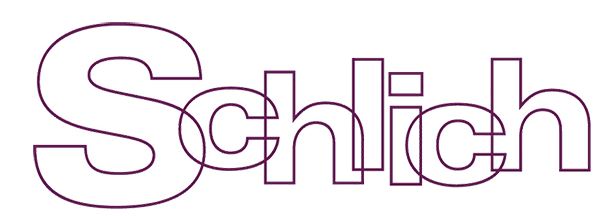T 1865/22
This decision addressed whether a composition should be considered inventive where the only distinguishing feature over the closest prior art is a lower concentration of a single component within the composition.
Specifically, the closest prior art in this case taught that a higher concentration of a particular component of the composition was advantageous. The Patentee attempted to argue that the claimed composition was inventive over the art on the basis that the same technical effect could be achieved using a significantly lower concentration of said component.
In short, the Board found that simply excluding a technical feature which was either disclosed as essential or advantageous in the prior art and alleging that the technical effect is maintained is not, in itself, enough to establish an inventive step.
Unsurprisingly, the Board held that an inventive step should not be acknowledged unless there is sufficient evidence that a comparable technical effect is still achieved in the absence of the essential or advantageous feature.
Post Filed Data and G 2/21
The Patentee attempted to file data in support of their argument that the claimed invention achieved a technical effect comparable to that disclosed in the prior art and, hence, the Enlarged Board of Appeal decision, G 2/21, was mentioned in the decision. However, G 2/21 was not directly applied in this case because the Patentee’s evidence of the technical effect was considered to be late filed, so the question of whether the data was allowable was not relevant since the data was never admitted.
As a brief reminder, G 2/21 addressed the circumstances in which post filed data can be used to support a technical effect in view of the closest prior art. The Enlarged Board clarified that “A patent applicant or proprietor may rely upon a technical effect for inventive step if the skilled person, having the common general knowledge in mind, and based on the application as originally filed, would derive said effect as being encompassed by the technical teaching and embodied by the same originally disclosed invention”.
Background of the Present Case
The present decision relates to European patent No. 3374443, with claims directed to a non-aqueous stripping composition for removing organic coatings from surfaces. The granted claims specified that the stripping composition comprised three components (a solvent, co-solvent and a pH-active agent).
EP 3374443 was opposed, and at first instance the Opposition Division maintained the patent in amended form. The Opponent appealed this decision, and on appeal both parties agreed that the only difference between the claimed composition and the composition disclosed in the closest prior art was the concentration of the co-solvent component.
In the closest prior art, the co-solvent was present in a concentration of 25% by weight of the composition, whereas in the claimed composition the co-solvent concentration was only 2-20% by weight.
On appeal, the Board were faced with the question of whether the claimed composition, differing from the closest prior art only by a lower concentration of co-solvent concentration, involved an inventive step.
Reasons for the Decision
The Patentee argued that the skilled person would not have been minded to reduce the concentration of co-solvent because, according to the closest prior art, high concentrations of co-solvent are essential for appropriate water tolerance. Put simply, the Patentee maintained their argument that the closest prior art taught away from the claimed invention, which had been successful before the Opposition Division.
In contrast to the Opposition Division, the Board did not find the Patentee’s argument convincing. Instead, the Board took the view that arbitrarily varying the concentrations of components in a composition is considered routine experimentation for the skilled person and, thus, does not involve an inventive step.
Hence, the Board came to the conclusion that the claimed subject matter was not inventive and, consequently, the patent was revoked.
The Board’s reasoning for their decision was as follows: “The mere fact that claimed subject-matter excludes a technical feature disclosed in the closest prior art as being essential or advantageous for a technical effect cannot in itself establish the existence of an inventive step. Rather it must be shown that the claimed subject-matter achieves said technical effect to an extent comparable to that of the closest prior art, even without this feature. Without such proof, the claimed subject-matter merely results in an obvious deterioration of the technical effect described in the closest prior art.”
Late Filed Evidence
As mentioned above, the Patentee attempted to file data on the day of the oral proceedings supporting that their argument that the lower concentration of co-solvent resulted in a number of technical effects, including lower viscosity.
Importantly, however, the Patentee’s post-filed data was not admitted to proceedings on the basis that it was late filed. Consequently, the way in which G 2/21 should be applied to the facts of this case was not considered in any detail, although the Board did make a point of noting that the application as filed did not mention a reduction in viscosity. This comment implies that even if the data had not been considered late-filed, the Board still would have taken the position that the claims lacked an inventive step, because the data would not have met the requirements of G 2/21 on the basis that the technical effect was not encompassed by the technical teaching of the application as originally filed.
Final Thoughts
This decision, although not at all surprising, serves as a reminder that supporting evidence is critical when arguing inventive step based solely on the exclusion of features previously described as essential or advantageous in the prior art.
Further still, it is a reminder to file said evidence as early on in the proceedings as possible and also to ensure that, when drafting the application, the technical effects associated with the exclusion of the essential or advantageous feature are clearly defined in the application as filed.









